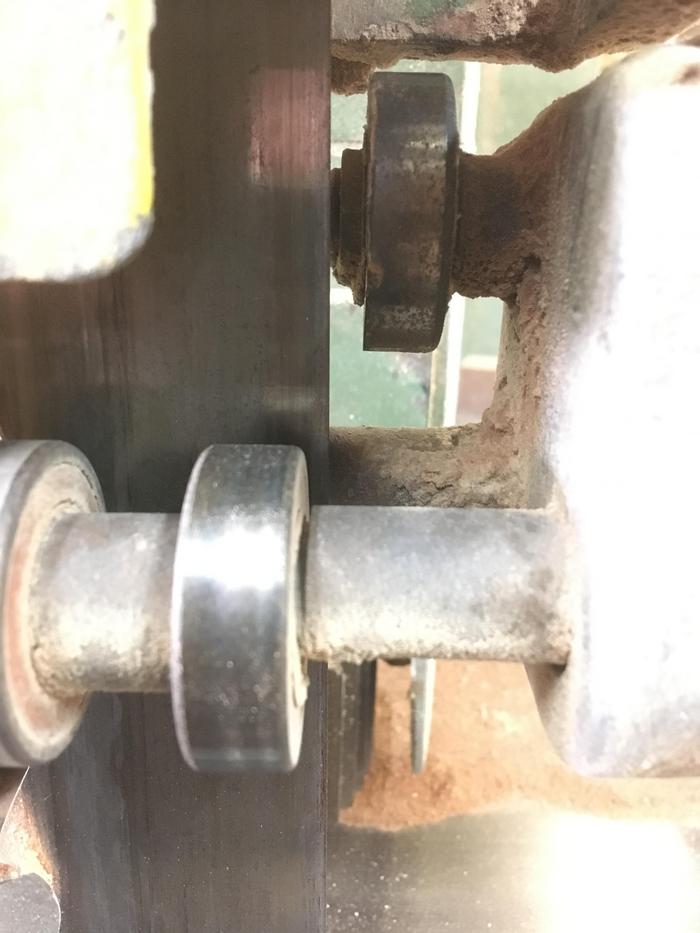CaptainBarnacles
Established Member
Hi All,
I have read a lot of threads about bandsaws over the last few weeks and seem to have developed that dreaded state of analysis paralysis!
I am looking at the Axminster AT 2552B , the SIP 01444 , and the Record Sabre 350.
On paper, and going with the old addage that heavier is better, the SIP looks to be the winner. However popular opinion at the moment seems to favour the Sabre which I looked at this week and I have to admit it seemed decent enough. Apart from the reviews on Axminster's site I can't really find much said about the AT2552B but it seems that their Trade range generally perform well and are pretty well respected. I work almost exclusively with native, seasoned hardwoods and will need to cut anything up to 10" thick. I don't have access to 3 phase power and my current workshop power supply is pretty weedy (a 50m run of 2.5mm SWA) though I will be upgrading the supply eventually.
The 5 year guarantee on the Record is nice to have but apart from that does anyone have any strong views on why I should choose any one of these over the others?
Finally, to mix things up a bit more! I currently consider my self to be an enthusiastic amateur who occasionally does (paid) joinery jobs but I hope to become a part-time cabinet and chair maker over the next couple of years as my work situation changes. Should I be looking at a different class of machine (such as the Startrite 403 etc)? I normally go with "buy the best you can afford" and I can't really afford £1500 at the moment but I would rather stretch myself now than have to think about replacing the machine in 2 or 3 years time. So I suppose what I'm asking is will the sub £1000 machines be "industrial" enough for my needs for forward.
As usual, all advice is greatly appreciated.
I have read a lot of threads about bandsaws over the last few weeks and seem to have developed that dreaded state of analysis paralysis!
I am looking at the Axminster AT 2552B , the SIP 01444 , and the Record Sabre 350.
On paper, and going with the old addage that heavier is better, the SIP looks to be the winner. However popular opinion at the moment seems to favour the Sabre which I looked at this week and I have to admit it seemed decent enough. Apart from the reviews on Axminster's site I can't really find much said about the AT2552B but it seems that their Trade range generally perform well and are pretty well respected. I work almost exclusively with native, seasoned hardwoods and will need to cut anything up to 10" thick. I don't have access to 3 phase power and my current workshop power supply is pretty weedy (a 50m run of 2.5mm SWA) though I will be upgrading the supply eventually.
The 5 year guarantee on the Record is nice to have but apart from that does anyone have any strong views on why I should choose any one of these over the others?
Finally, to mix things up a bit more! I currently consider my self to be an enthusiastic amateur who occasionally does (paid) joinery jobs but I hope to become a part-time cabinet and chair maker over the next couple of years as my work situation changes. Should I be looking at a different class of machine (such as the Startrite 403 etc)? I normally go with "buy the best you can afford" and I can't really afford £1500 at the moment but I would rather stretch myself now than have to think about replacing the machine in 2 or 3 years time. So I suppose what I'm asking is will the sub £1000 machines be "industrial" enough for my needs for forward.
As usual, all advice is greatly appreciated.




































